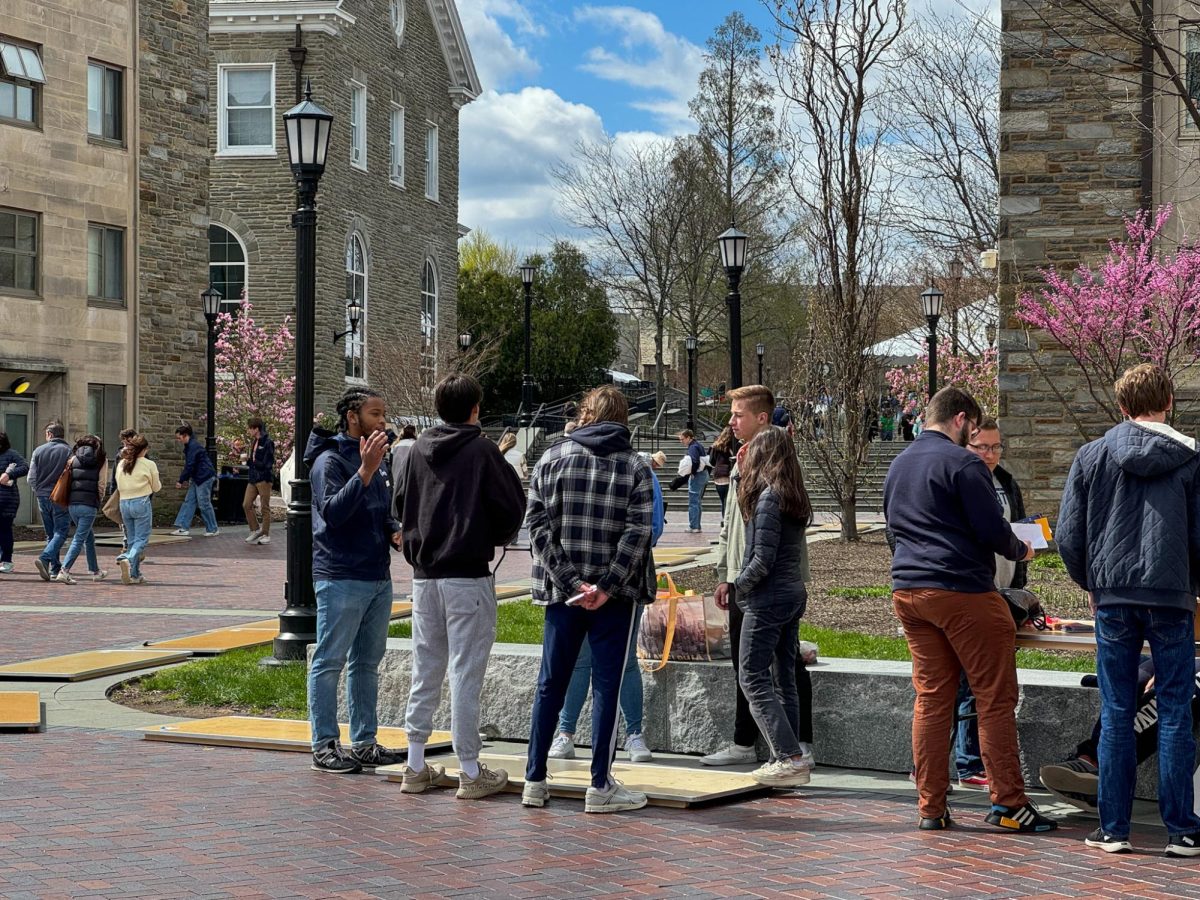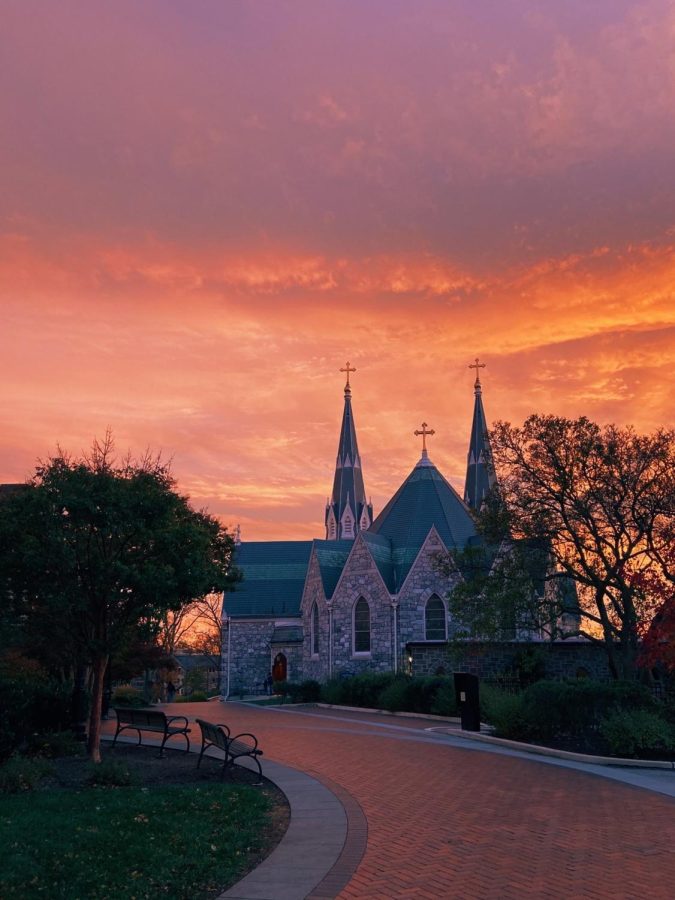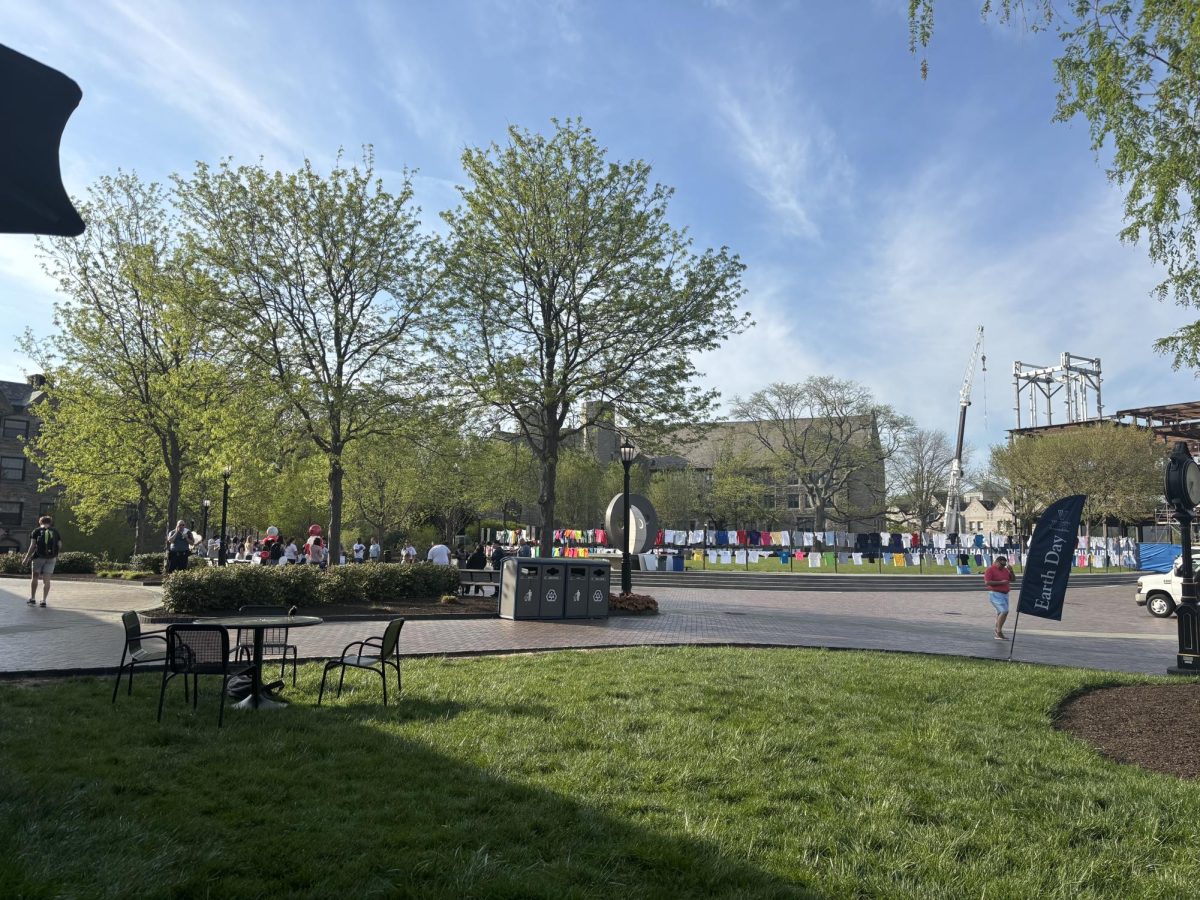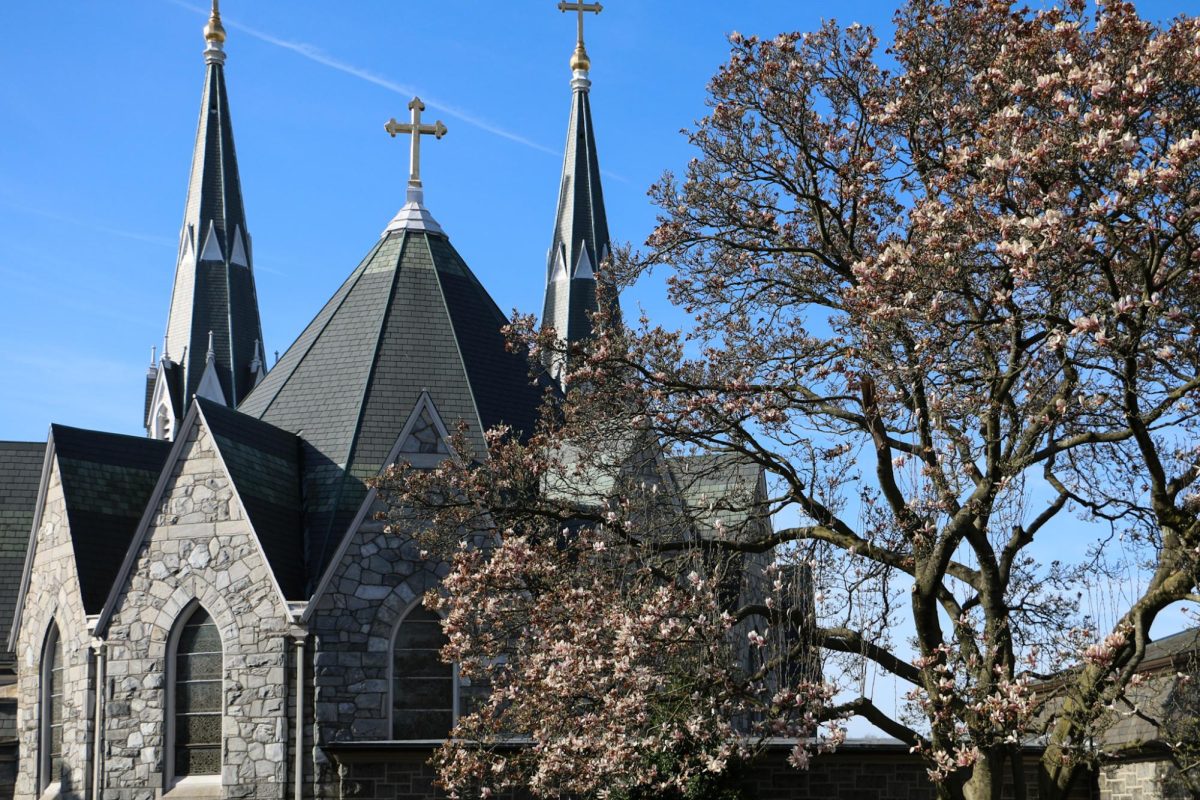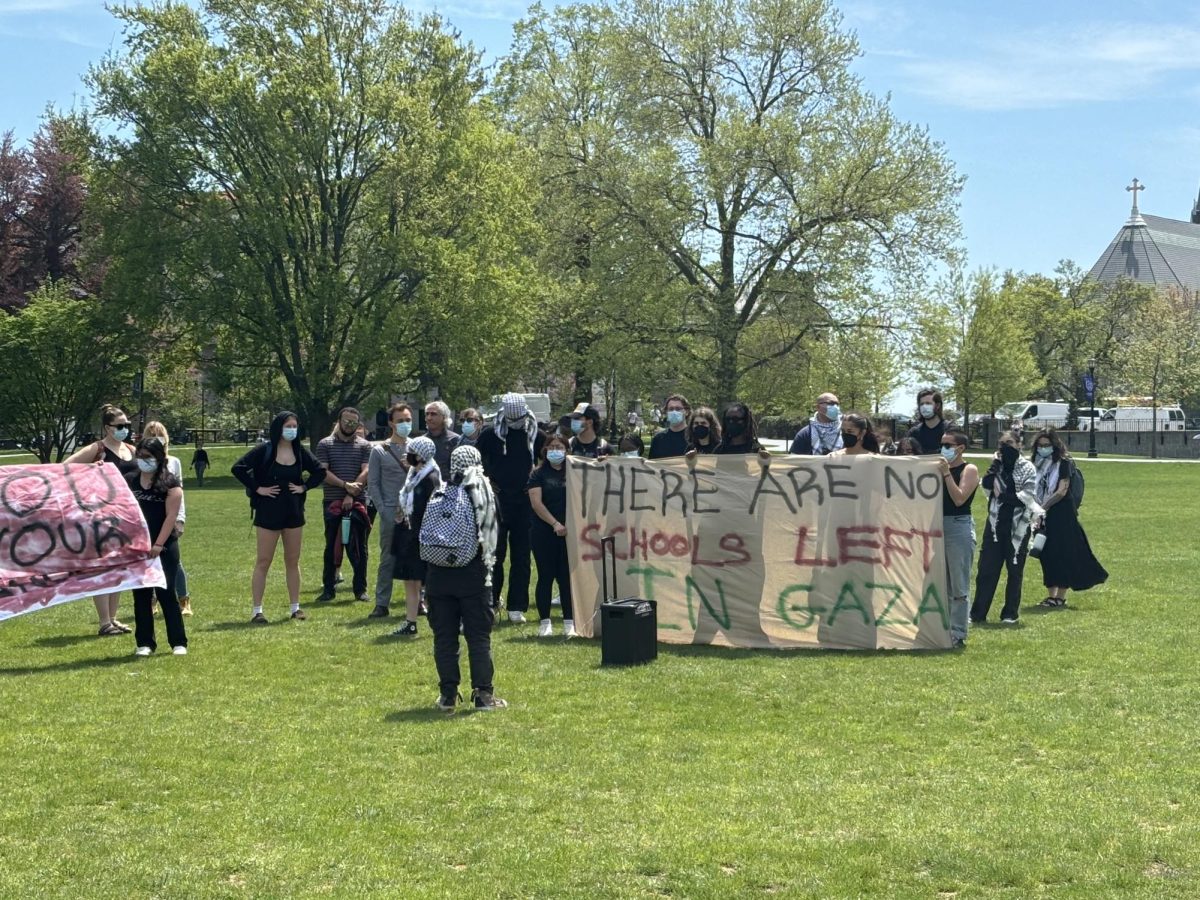This past week, Villanovans experienced a touch of Tibetan culture. Third-generation Tibetan refugee, Dr. Ugyan Choedup, Postdoctoral Associate and Lecturer at Yale University, visited Villanova’s campus to share his research in the nationalism and modernization of the Tibetan world. On Wednesday, Sept. 11, 2024, he presented a speech entitled, “Catching up with the Time: Exile, Nationalism, and Modernity” at the St. Augustine Center for the Liberal Arts. His lecture highlighted ways in which Tibet was modernized during the age of imperialism through the present day.
Growing up in India as a third-generation Tibetan refugee, Choedup often spoke with his grandparents, members of the first-generation of Tibetan refugees. He quickly became fascinated in the differences between his grandparents’ generation and his own.
“Their conception of Tibet, the way they related to America, the way they would talk about Tibet, is very different, I would say, than the third-generation Tibetans,” Choedup said. “We grew with this notion of Tibetan culture, where we must now have a more homogeneous culture and homogeneous language. The whole idea of homogeneity comes with nationalism; we grew up with that. I realized these are not the values they [the first-generation refugees] had. They could accommodate a lot more diversities.”
With the rise of imperialism during the first half of the 20th century, language became a crucial aspect to such homogenization. Both bilingual and trilingual dictionaries were published, newspapers were printed in languages from western countries and international treaties were imposed upon the Tibetans. There was even a recruitment period in which Tibetan students were offered spots in a more “modernized” school. Such events took place to impose the English language.
“I think one part was just sort of understanding how the Tibetan nationalists were really engaging with ideas that seemed to come from the outside,” Dr. Tsering Wangmo, Associate Professor in Villanova’s English Department, said. “One thing I found really interesting was trying to come to terms with even the terms that may not have existed in the Tibetan vocabulary in the same way as they did outside.”
Choedup emphasized the linguistic aspect of modernization throughout his talk.
“[Dr. Choedup] framed the whole talk about modernizing Tibet through the actual words and concepts,” said Dr. Nathan Badenoch, Associate Professor of Japanese and Asian Studies and Program Director of Asian Studies at Villanova. “He showed some early dictionaries and discussed how when you talk about modernization, it’s not just generalizations. You have to have words with that.”
When Mao Zedong colonized Tibet, the goal was to replace Tibet with a new, modern world order. Tibetans each responded differently to such influences of modernization.
“The attraction [to many lay aristocrats] was driven by the belief that Tibet had fallen behind in terms of modernity,” Choedup said. “They had a fascination with modernity. Many began to feel ashamed of their Tibet heritage. The nationalist response was, ‘No, thank you, we will modernize ourselves in our own ways.’”
He explained that nationalists have seen modernity as a threat to religion.
Additionally, Choedup had always struggled with nationalist ideals.
“I grew up with some sense of frustration with this nationalist discourse,” he said. “At the same time, I wanted to fight for my homeland.”
Choedup mentioned that Tibetan religious traditions were still practiced in refugee settlements. One common Tibetan Buddhist spiritual practice is called the mandala, which can take a variety of forms. The mandala is a representation of a specified theme and decorated with various symbols, to be dismantled very soon after, to emphasize the fleeting nature of life.
“Mandala is a congregation of people,” Choedup said. “What happens is, you take so much time building this mandala, and at the end of it, you just clean it up. Without even thinking, within a few seconds, they wipe it up. The point was to focus on this impermanence, the nation of impermanence.”
Last week, Buddhist monk, the Venerable Lama Losang Samten, had created a Medicine Buddha mandala from sand, to represent healing faculties. The mandala was displayed in the Driscoll Hall Atrium for five days before it was dissolved and erased at 10:30 a.m. on Friday, Sept. 13.
“You realize that, just as the creation of such a beautiful and meaningful thing gives you a sense of achievement and meditation, that, like everything else in the world, it will decline,” Badenoch said. “Everything is impermanent, which is one of the main teachings of Buddhism.”
During this period of Tibetan modernization, there is a struggle between “catching up with the times” and maintaining the importance of traditions, such as the mandala referenced above.
“I’m always really careful to emphasize the fact that when I say nationalist discourse is new, I don’t mean to say that of the idea of Tibet,” Choedup said. “These things were not new.”
As Tibet continues within this age of nationalism and modernity, the roots of Tibetan history and traditions remain present.



